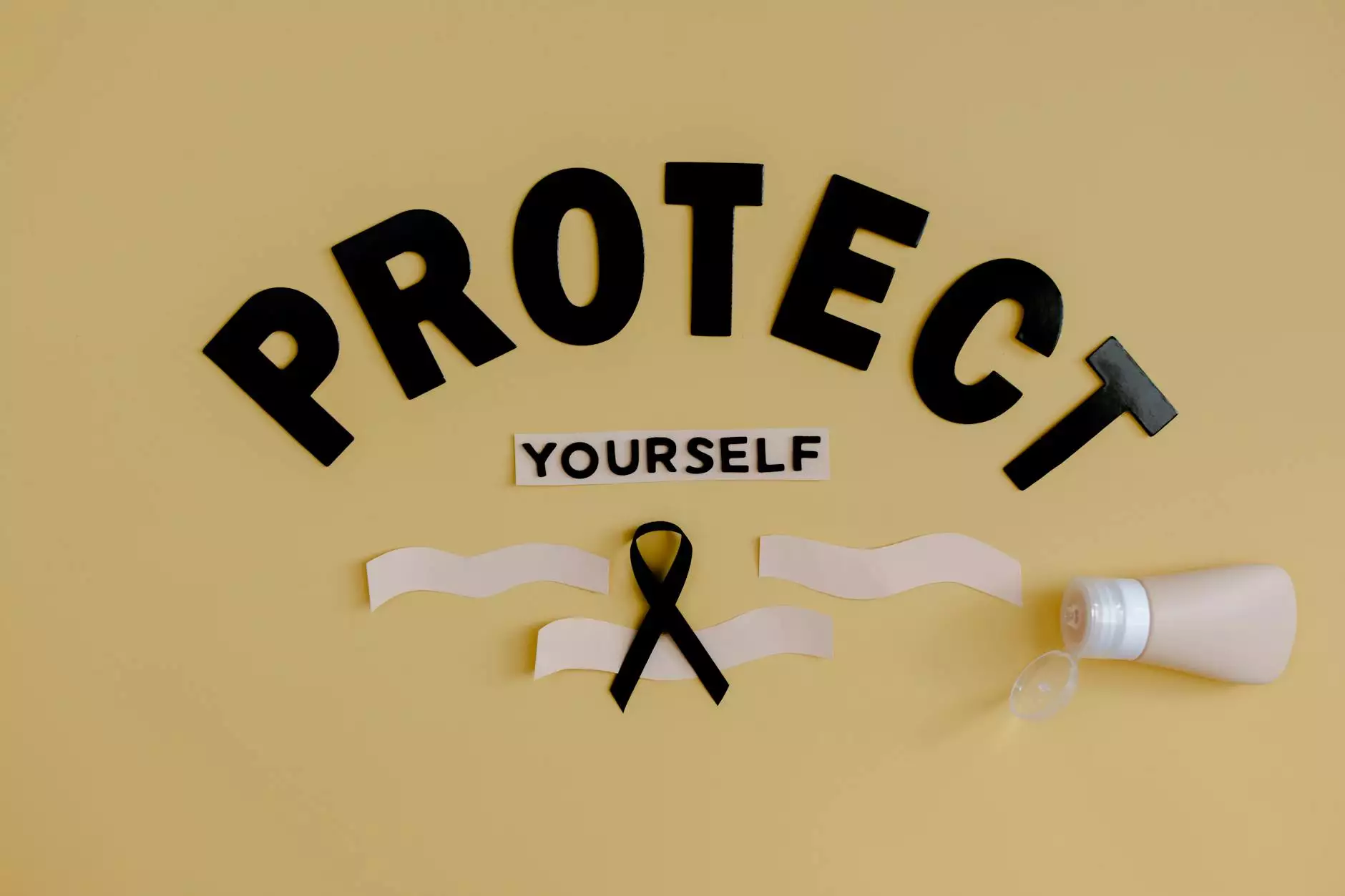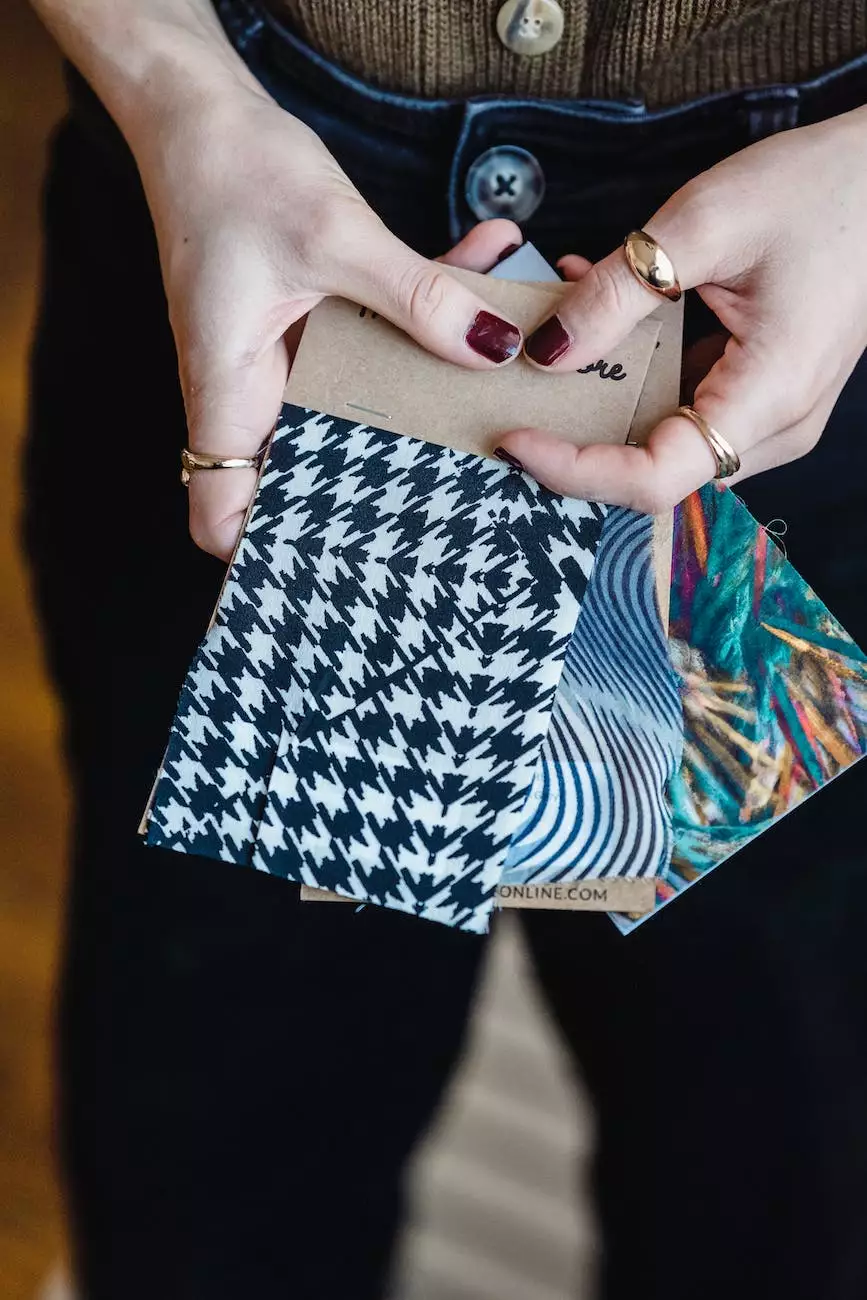The Trouble with Tanning
Blog
Introduction
Welcome to "The Trouble with Tanning" page on Courtney Taylor's website. As an expert in the visual arts and design industry, Courtney Taylor is passionate about promoting healthy and vibrant skin tones. In this article, we will delve into the realities and potential dangers of tanning, providing you with valuable insights to help you make informed decisions about your skin.
Understanding the Allure of Tanning
Tanning has long been associated with beauty and a healthy glow. Many individuals strive to achieve a sun-kissed complexion, believing it enhances their appearance and boosts self-confidence. However, it is crucial to approach tanning with caution and consider the long-term effects it can have on your skin.
The Dark Side of Tanning
While a tan may initially seem appealing, the reality is that excessive exposure to ultraviolet (UV) radiation can lead to serious skin damage. Prolonged sun exposure, whether through outdoor tanning or indoor tanning beds, increases the risk of skin cancer, premature aging, and various other skin conditions.
The Dangers of UV Radiation
UV radiation, both UVA and UVB, can penetrate the skin's layers and cause DNA damage. UVA rays are responsible for the immediate tanning effect, leading to the darkening of the skin, while UVB rays primarily cause sunburns. Together, they significantly increase the risk of developing skin cancer.
Skin Cancer Risks
Several types of skin cancer, including melanoma, basal cell carcinoma, and squamous cell carcinoma, are strongly linked to sun exposure. Melanoma, the deadliest form of skin cancer, can rapidly spread to other parts of the body if not detected early. Protecting your skin from excessive UV radiation is critical in reducing the risk of skin cancer.
Premature Aging Effects
Aside from the risk of skin cancer, tanning can accelerate the aging process. UV radiation breaks down collagen and elastin fibers, leading to the appearance of wrinkles, fine lines, and sagging skin. Over time, tanning can make you look older than you actually are and compromise the vitality of your skin.
Other Skin Conditions
In addition to skin cancer and premature aging, tanning can contribute to the development of various skin conditions. These may include sunspots, hyperpigmentation, uneven skin texture, and even a weakened immune system. Protecting your skin from excessive sun exposure should be a priority.
The Art of Preserving Healthy Skin
As an alternative to tanning, artistic expression can help you achieve a healthy and vibrant skin tone. Through art and design, Courtney Taylor encourages individuals to embrace their natural skin color and enhance their features using safe and innovative techniques. Here are a few artistic approaches to consider:
Makeup and Cosmetics
The use of makeup and cosmetics allows you to experiment with different shades and highlights without compromising the health of your skin. With the right products and techniques, you can enhance your natural features and achieve a radiant, flawless appearance.
Photography and Lighting
In the world of photography, lighting plays a crucial role in capturing the essence of beauty. Skilled photographers, such as Courtney Taylor, can utilize lighting techniques to highlight your unique features and create stunning portraits that showcase your natural skin tones.
Mixed Media Art
Mixed media art provides a platform for exploration and self-expression. Artists can incorporate various materials and textures to create visually compelling pieces that celebrate diversity and challenge conventional beauty standards. These artworks can inspire individuals to embrace their own skin and appreciate its uniqueness.
Conclusion
Understanding the risks associated with tanning is essential for protecting and maintaining the health of your skin. Courtney Taylor aims to promote a positive and informed approach to achieving a healthy skin tone through the use of art and design. Embrace your natural beauty, explore artistic alternatives, and prioritize the health of your skin.



